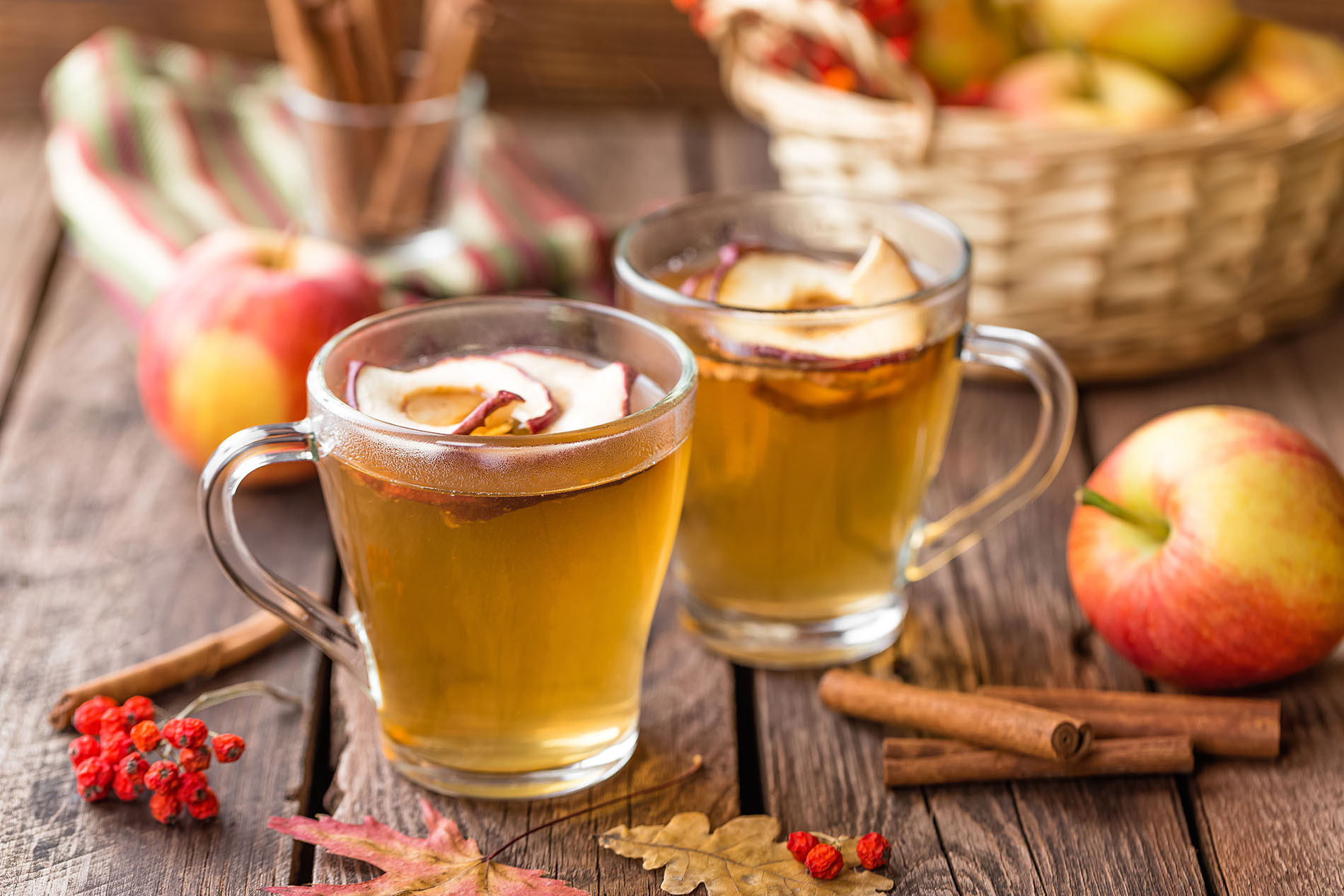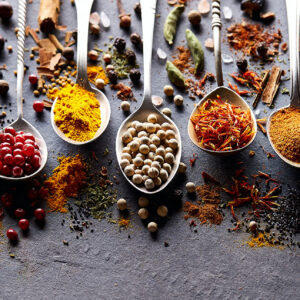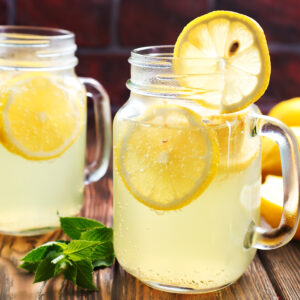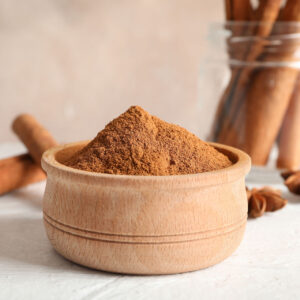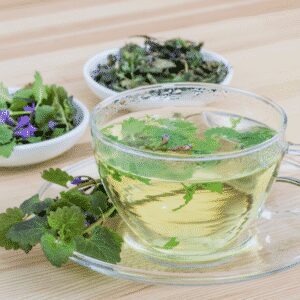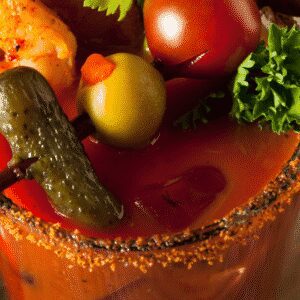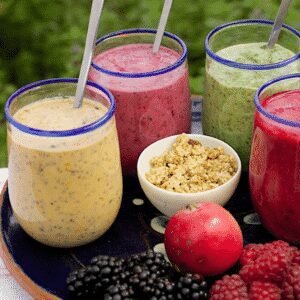Written by: Amanda Csolak for Spice Station Silverlake
It’s officially fall. The cooler temps are setting in, bonfires are being lit and those like me, who love fall, are eager to sip on warm Apple cider. This time of year, apple cider can be found everywhere. Long before pumpkin spice lattes made their debut, fans of the autumnal season have long sipped on apple cider.
But just where did this traditional fall drink gets its start? The history behind apples plays a part. Here we will discuss everything you could hope to learn about my favorite fall drink, apple cider. I’ll even include a recipe at the end on how you can make the best apple cider, right in your very own kitchen.
Apple Cider’s History
Apple cider has a fascinating history that spans thousands of years, transforming from a spirited beverage into the versatile beverage we savor today. In its early days, apples were just too darn bitter to bite into, so folks got clever and started squeezing them for their juice, allowing it to go through a fermentation process. This fermentation turned that sweet apple juice into a powerful, alcoholic elixir known as hard cider, a fact acknowledged by the National Apple Museum.
The roots of apple cider trace back to ancient times, with hints of apple trees growing along the Nile River’s banks as far back as 1300 B.C. While there isn’t direct proof of ancient Egyptians crafting apple cider, they were trailblazers in fermenting alcoholic drinks, particularly beer. This suggests they had a good grasp of the magic of fermentation.
Apple cider’s popularity started spreading like wildfire, particularly in places where apples flourished. When the Romans rolled up to the British Isles in 55 B.C., the locals were already sipping on a cider-like brew crafted from apples, a drink the Romans quickly adopted. Soon enough, cider became all the rage across the Roman Empire and Europe, adored by folks ranging from Germanic tribes to the Normans, who not only brought apple orchards but also the term “cider” to the English language during their conquest of England in the 9th century.
Apple cider’s love affair extended across the ocean to the Americas with the early European settlers. In colonial New England, where growing grains and barley for beer was a challenge, apples thrived, making them the go-to ingredient for cider production. This colonial cider was no sugary apple juice; it packed a punch, serving as a safer alternative to much of the available water and offering vital sustenance during harsh winters. There was even a milder version for the kiddos known as “applekin.”
Interestingly, Johnny Appleseed, famed for his apple tree planting across the United States, initially aimed to supply orchards for cider production, not for pie baking. Apple cider’s history is a testament to its adaptability and enduring appeal, transcending time and borders to become a beloved beverage enjoyed with or without alcohol today.
The Effect of Beer and Prohibition Against the Cider Industry
Over the years, cider saw it’s popularity slip away. Immigrants from Germany and Eastern Europe brought their love for beer to the Midwest, where grains and hops were easier to grow than apples along the Atlantic coast. But the real knockout punch came during Prohibition, which pretty much wiped out American cideries for decades.
However, true to its roots, apple cider is now staging a comeback in bars all over the country. This drink has shown it’s got some serious staying power, bouncing back after some tough times. The cider’s journey through history reminds us that it’s got a charm that endures, and it knows how to roll with the punches.
Making Your Own Apple Cider
When it comes to embracing the warm and comforting flavors of fall, homemade apple cider stands out as an unbeatable classic. As I mentioned earlier, it’s my personal favorite fall beverage, and let me tell you, if you haven’t ventured into the realm of crafting apple cider at home, now is the perfect time to begin. It’s a pretty simple process and is as an excellent way to use up those extra apples once you’ve had your fill of apple pies.
This simple homemade recipe is infused with cozy spices and just the right touch of sweetness, making it an ideal beverage to have simmering away when you’re entertaining guests. Keep reading for our top tips on crafting the ultimate cup of this timeless, comforting drink:
Choosing the Best Apples for Apple Cider: Feel free to use your favorite type of apple for making your cider. No matter what type of apple you have in your pantry, it’ll make a delicious cider. However, keep in mind that apples with stronger flavors, like Granny Smith and Honeycrisp, will impart a more pronounced taste to your cider.
To Peel or Not to Peel: No need to peel your apples. In fact, leaving the peels on enhances the cider’s flavor significantly. The apple skins contain tons of amazing apple flavor within them. Don’t worry; you’ll strain everything through a fine mesh strainer at the end, capturing all the solids, including the spices. It’s advisable to keep a ladle on hand, as there will be a substantial amount of liquid to work with.
Crafting the Finest Homemade Apple Cider: When following this recipe, it’s best to employ the largest pot you have or divide the ingredients between two pots to prevent any boil-overs.
One secret to the best apple cider, smashing the apples. It may seem strange, but doing this step will help to extract the maximum amount of apple flavor into your cider. Don’t worry, you’ll be straining the final product to remove all pieces of apple before you drink it. Do this once the apples have completely cooked down, use a potato masher or a large wooden spoon to smash your cooked apples down into the liquid and then continue to simmer for an additional hour. Strain before serving.
Once you’ve mastered this recipe, consider it a starting point for creating your personalized apple cider. Feel free to adjust the spice levels to your taste, add a splash of bourbon or whiskey for a spirited apple cider (the possibilities for apple cider cocktails are endless), or freeze it for a refreshing apple cider slushie. Planning to serve a crowd? As long as you have the space, this cider is easily scalable, whether you need to double the batch or adapt it for a smaller gathering.
Cheers to the delightful world of homemade apple cider!
Best Hot Apple Cider Recipe
This warm, spicy apple cider recipe is perfect for chilly fall days and autumnal themed parties. Enjoy responsibly!
Yields: 2 qt. | Prep Time: 10 mins | Total Time: 3 hrs 15 mins
Ingredients
- 10 large apples, quartered
- 1 orange, halved
- 4 Ceylon cinnamon sticks
- 1 tsp. whole cloves
- 1 tsp. whole allspice
- 1 whole nutmeg
- 1/2 c. packed brown sugar
Directions
- In a large stockpot over medium heat, add apples, oranges, spices, and brown sugar. Cover with water by at least 2”. Bring to a boil, then reduce heat and simmer, covered, 2 hours.
- Remove orange halves, then use a potato masher or wooden spoon to mash apples. Return to a simmer and let simmer uncovered for 1 hour more.
- Strain through a fine mesh strainer, pressing on solids with a wooden spoon to squeeze all juices out. Discard solids.
- Serve apple cider warm.
Chef’s Tip: Storing Apple Cider
Homemade apple cider will keep in your refrigerator for up to 2 weeks. Before sticking it on the shelf in your fridge, be sure to let it cool completely. Store your cider inside an airtight container.

